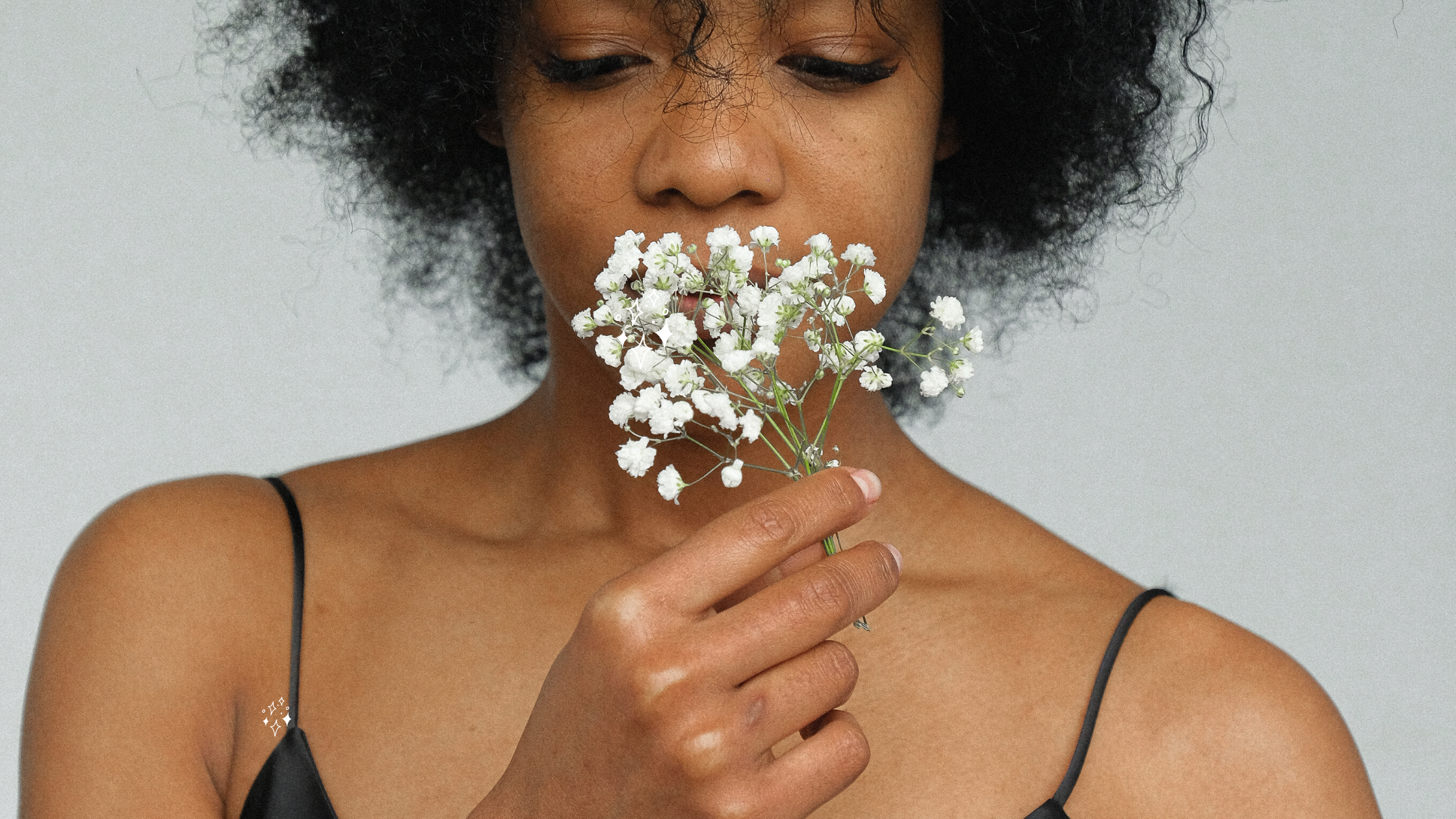In Sanskrit (the ancient language of India), Svadhyaya directly translates to one’s self-study. ‘Sva‘ meaning self and ‘adhyaya‘ meaning lesson or reading. Svadhyaya has roots in Hinduism and is common in the practice of yoga. Svadhyaya allows us to deeply connect with ourselves internally and understand our needs better. Understanding our own needs emphasizes the importance of self-study in our daily lives.
Contrary to common thought, self-study can be used in everyday life, not just in yoga. You do not have to be a professional yogi to indulge in Svadhyaya.
The Breakdown of Self-Study
Svadhyaya requires us to be fully present and conscious in all the decisions we make throughout the day. Whether applying this concept on or off the mat, here are some crucial things to consider.
This is the art of Svadhyaya. Looking within and reflecting on what messages our body is sending us.
On the Mat

If you apply Svadhyaya to your yoga practice, focus on clearing the mind and turning your attention inward rather than outward (pratyahara).
Our habits on the mat tend to reflect daily habits as well. The way we practice yoga is a direct reflection of the way we “practice life”. Your physical yoga practice also reveals much more about you than you would expect.
When you are on the mat, there is nothing to distract you. No phones, things to do, emails to respond to, or calls to answer…it’s just you, your mind, and your body. This, fortunately, requires you to pay great attention to the way your mind and body feel as you flow through your practice. In doing so, problematic areas can be revealed to heal.
Breathe Through Your Practice
The way you breathe in your practice reflects how you are mentally and physically. Short shallow breaths reflect tension and stress meaning you could be worried about something unconsciously.
If you taking short shallow breaths, ask yourself why? Do you need to be stressed about something? Are you physically exerting yourself in any part of your daily routine? This is the beauty of Svadhyaya. Looking within and reflecting on what messages your body is sending you.
Survey Tension in Your Body
We tend to hold tension in our neck, shoulders, and upper back. This tension is a direct physical result of worries, fear, and stress.
If you feel this tension in your body dedicate your practice to moving to release the worries and stress associated with the tension.
Evaluate Your Thoughts
Since the mat may be the only time you can get with yourself, your mind may be racing with thoughts. Acknowledge each and every thought, and analyze what they may mean to you.
Your thoughts allow you to become aware of various aspects of your daily well being.
Throughout your practice, decide which thoughts no longer serve you. Move in a way in which these thoughts can leave your mind and physical body.
Svadhyaya in Everyday Life

Svadhyaya in every day life can be important when it comes to understanding your true Self. Awareness off the mat and into your habits is required to do so.
Remaining fully present and paying attention to your thoughts, actions, and habits will strengthen your understanding of yourself.
Thoughts become words, words become actions, actions become your character, and your character becomes your destiny. This is why it is essential to understand what is going on in your mind.
Observing and analyzing our own thoughts and habits can provide a way to disassociate our ego-based actions from our true Self. In doing so, we can improve our overall well being.
Applying Svadhyaya in Your Life
If you wish to learn more about yourself, start by observing yourself as if you were someone else. Observe the way you react to things, how you spend your free time, how you walk, how you talk, how you treat people, and why.
Being honest with yourself is a key principle in svadhyaya. Sometimes we may not like to admit to ourselves egotistical flaws, or errors we make. Honesty allows us to avoid the ego and take ownership of our actions.
We must view ourselves without criticism or judgement. Allow yourself to acknowledge what you observe, and be grateful that you know have the potential to alter that.
Healing Yourself Heals Others
Taking the time to heal and observe yourself not only affects you, but the whole collective conscious. Growing from the inside out allows us to become more aware of ourselves and others.
“We are not the only ones affected by our recovery. The spiritual awakening heals the world one person at a time.”
Marta Mrotek
Please share this article if you feel it could help others you know.
